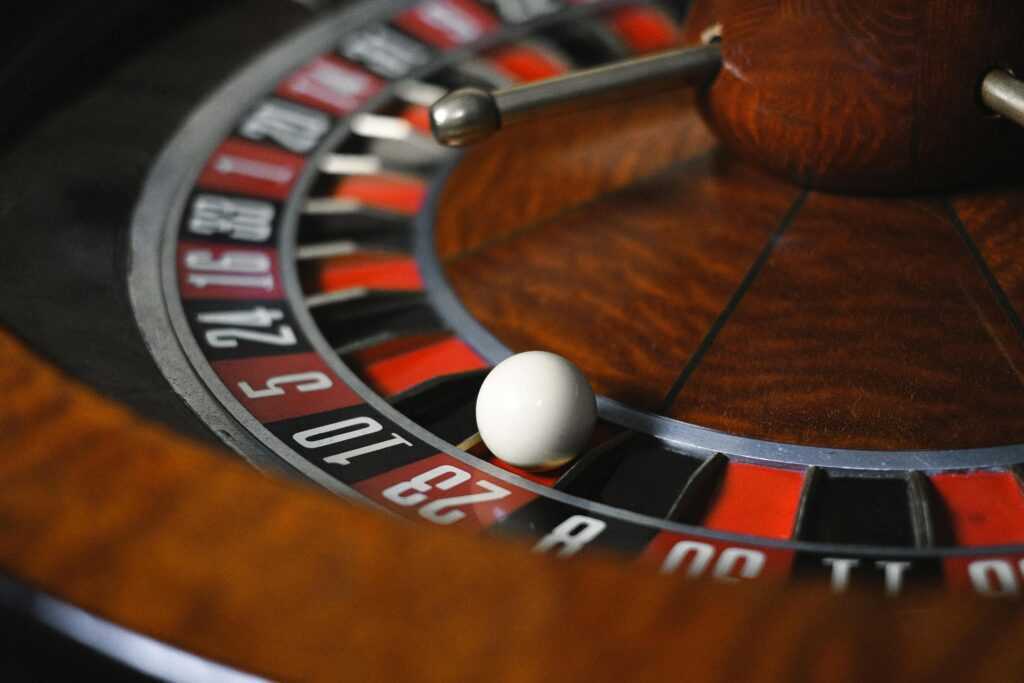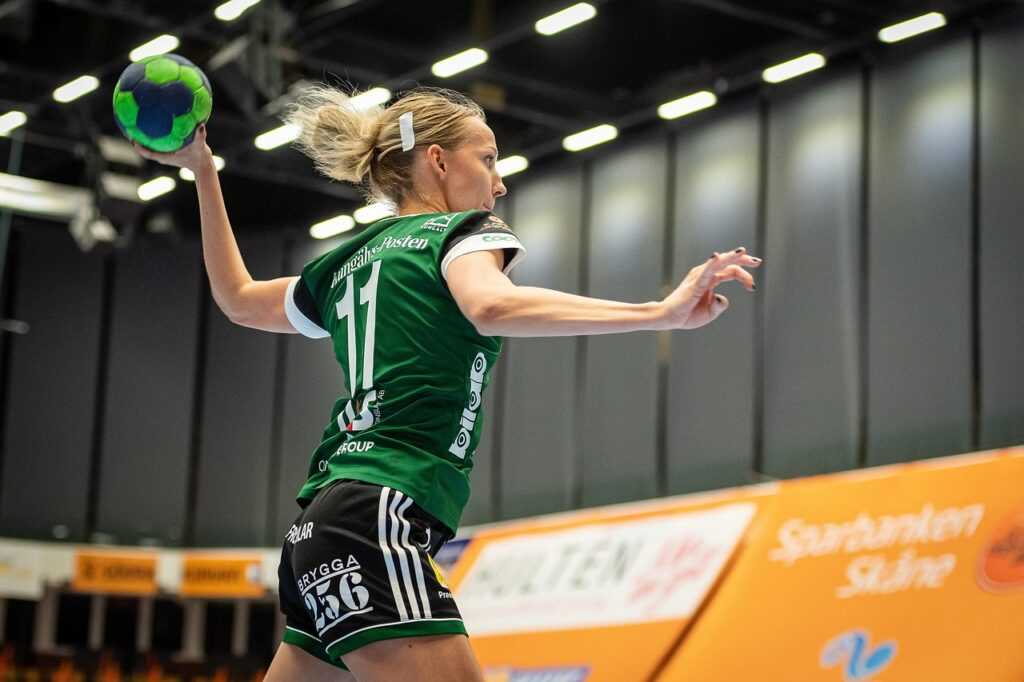We all know the feeling of being close. Missing the bus by seconds, losing a game by one point, or coming second place in a race. That sense of “almost” lingers longer than we expect. The human brain reacts strongly to these near-misses, sometimes as if we had actually succeeded. It’s the same psychological pull that keeps people engaged in everything from sports to games of chance. Even when playing something like live crazy balls, the moment of “just missed it” can feel as powerful as a win. But why does “almost” carry so much weight?
Why Near-Wins Stick in the Mind
Unlike total failure, near-wins create a sense of unfinished business. Our brains focus on how close the outcome was, which fuels a mix of frustration and motivation. Instead of letting go, we replay the moment, analyzing what could have gone differently. This constant mental replay reinforces the memory, making it stronger than other experiences.
Psychologists suggest that near-misses activate reward pathways in the brain, even though no actual reward was received. This overlap explains why people feel both disappointed and strangely energized after a near-win.
The Role of Dopamine
Dopamine isn’t just about pleasure—it’s about anticipation. Near-misses keep that anticipation alive. Instead of shutting down when we lose, the brain treats a close call as a signal to keep going. In a way, the “almost” outcome tricks the mind into believing success is within reach.
This is why athletes often push harder after a narrow loss. The same effect explains why people stay engaged in competitive games or contests despite repeated setbacks. The gap between outcome and expectation fuels persistence.
Motivation or Frustration?
Near-wins can push us in different directions. For some, they become fuel—proof that success is possible with just a little more effort. For others, they bring discouragement. The deciding factor often comes down to mindset. If the near-miss is framed as progress, it strengthens resolve. If it’s framed as failure, it weighs heavily.
This dual effect is important in understanding how people respond to challenges. Teachers, coaches, and even managers can use near-wins as tools for motivation if they’re presented in the right way.
Everyday Examples of “Almost”
The influence of near-wins shows up in daily life. Think about job interviews where you make it to the final round but don’t get the position. Or getting an exam score just below the grade you wanted. These moments can sting more than outright losses.
In sports, the runner-up often remembers the race longer than the person who finished last. The closeness creates a vivid memory, while a distant loss fades. Even casual situations, like trying to park and just missing a spot, leave a stronger emotional mark than not trying at all.
Why Games Use Near-Misses
Game designers have long understood the power of “almost.” Whether in video games, board games, or games of chance, near-misses are intentionally built in. They extend engagement by keeping players hooked on the idea that the next attempt could be the winning one.
From a psychological perspective, near-misses stretch the tension between effort and reward. They make us feel like success is just around the corner, which increases persistence. This design plays on natural human tendencies rather than relying on luck alone.
The Upside of Almost
It’s easy to view near-wins as purely frustrating, but they also have benefits. They highlight progress. Coming close to a goal shows that improvement is happening, even if the outcome wasn’t perfect. For many people, these moments are the push needed to try again with more focus.
Near-wins also create stories. People rarely talk about a game they lost badly, but they retell the ones where they nearly won. These narratives become part of how we share experiences, making the “almost” outcome valuable in itself.
The Danger of Getting Stuck
While near-wins can motivate, they can also trap us. Chasing the feeling of “so close” without reflection can lead to wasted effort. If the approach doesn’t change, repeating the same action won’t bring a different result. Recognizing this cycle is key.
Awareness helps turn near-wins into lessons rather than endless frustration. The difference lies in asking, “What can I do differently next time?” instead of simply repeating the same pattern.
Conclusion
The psychology of “almost” reveals how deeply near-wins affect the human mind. They activate reward systems, fuel persistence, and leave lasting memories. Sometimes they inspire, sometimes they frustrate, but they almost always leave an imprint stronger than outright losses.
Understanding this pattern matters not just in games or competition but in everyday life. By recognizing how “almost” works on us, we can use it as motivation without getting caught in endless cycles. After all, the power of “almost” lies not in what we missed, but in what it tells us about how close we already are.





